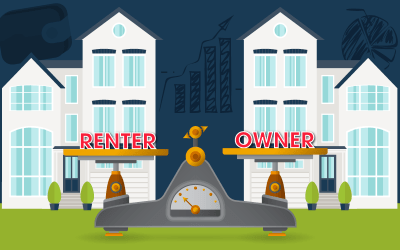What’s a broker to do until home sales volume takes off?
Creating Carryback Financing
Secure the most efficient structuring for a seller’s extension of credit to a real estate buyer, every time. Stay current on the latest news, videos, forms, and updates for Creating Carryback Financing.

Recent updates to the course e-book
No Corrections Currently Reported.
Newly published related content
The 20% solution: Personal savings rates and homeownership
Over the last few decades, savings has followed a path conversely proportionate to consumer confidence.
Jobs move real estate
Track the single most influential factor on California’s real estate market: the number of people employed.
California’s for-sale inventory growth: buyer caution rises faster than seller caution
In early 2025, low-tier priced housing has the lowest level of inventory available for sale or rent.
FARM: Student debt and homebuyers
Use this firsttuesday FARM Letter in your marketing. To request a FARM letter topic, or to see a list of all our FARM letter templates, visit our FARM Letter page. [su_button url="http://journal.firsttuesday.us/wp-content/uploads/FARM-Letter-Template-User-Guide.pdf"...
Using the yield spread to forecast recession and recovery conditions
The yield spread indicates the likelihood of a recession or recovery one year forward.
California household formations set to decrease
While the number of households continues to grow, the rise is mostly thanks to renters.
Santa Clara County regional housing indicators
Santa Clara’s housing market is experiencing the downfall from 2021’s pandemic bounce.
San Francisco housing indicators
View these charts for current activity and forecasts for San Francisco’s housing market.









